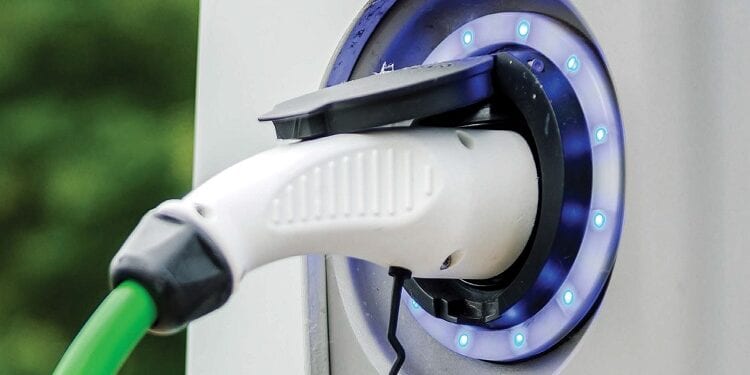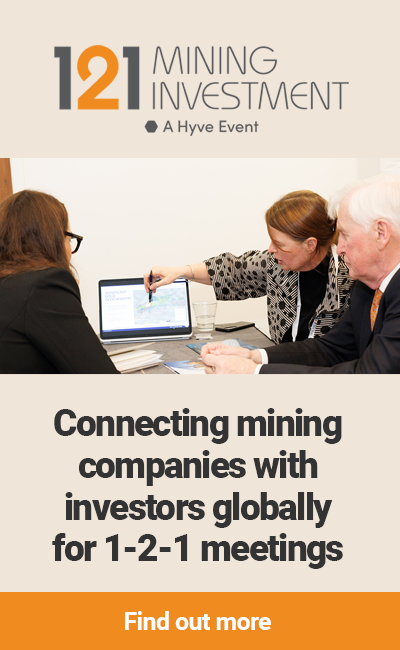Introduction
Lithium’s role in an electric vehicle future cannot be understated. It is an indispensable ingredient in the batteries that will make vehicles powered by renewable energy sources a reality, and will relegate air pollution and carbon emissions to the history books.
Over the past two years, however, the lithium market has been marked by demonstrated high-profile disappointments and failures to deliver on promises made to investors. Lower lithium prices and a general sense of uncertainty contribute to a less than ravenous investment appetite for lithium projects.
Lack of understanding is a major culprit of the current lithium malaise. A tendency to try to make lithium look like the next gold, oil, rare earths, or any other number of other natural resources has led investors of all shapes and sizes into similar follies.
Plateau Energy Metal’s(TSX-V:PLU) lithium discovery in Peru is a great example of a project that shows tremendous potential – it’s big, uniform, scalable, and in a mining friendly jurisdiction. However, how the project is perceived by the market also illustrates common errors made by lithium investors:
1. Comparing lithium with other commodity markets. This doesn’t work because of both scale and meaningful supply chain differences.
2. Quick comparisons between lithium projects. This leads to “apples vs. oranges” conclusions.
My Relationship With Plateau Energy Metals
I first learned about the existence of lithium volcanic tuff deposits in southern Peru from geologist friends in early 2018, so when I was invited by Plateau Energy Metals to join an analyst trip up to their lithium-bearing volcanic tuff site in September that year, I accepted. Before heading to the site, I read up about both the project and the deposit because it was unlike other lithium deposits (brine, clay, and hard rock spodumene) I had visited before.
The trip was exciting and educational. I had the opportunity to understand the unique geology, the relationship with and proximity to the uranium deposit, and get to know the team from management to operations
My commercial relationship with Plateau did not begin until roughly eight months later, when I reached out to current CEO Alex Holmes after observing industry veterans with basic misconceptions about the deposit type. Alex and I agreed that increasing understanding of the deposit and the supply chain was a prerequisite to generating long-term support for the project.
Since then, I have enjoyed being part of a dynamic and positive process that exemplifies how developing and building a lithium project in South America requires ongoing cooperation and dialogue between the various stakeholders.
Why Invest in Lithium
The investment case for lithium based on long-term fundamentals is very clear. Despite some short-term uncertainty about supply and demand balance, within a relatively short time frame the market runs into a situation where, even if all currently-planned projects are financed and executed to perfection, shortage is the likely outcome.
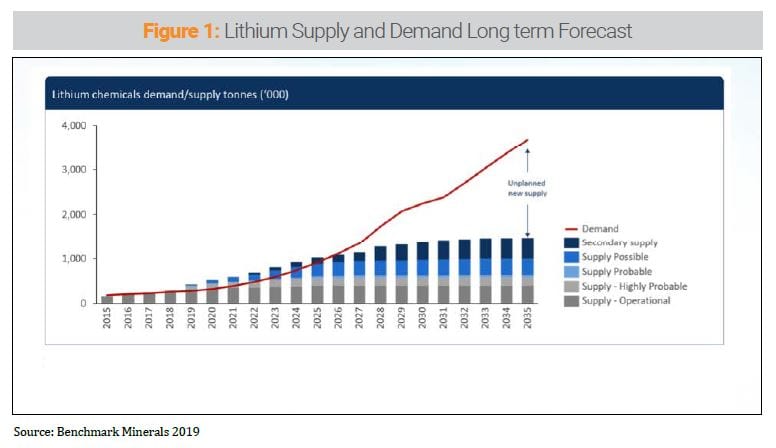
Latin America is unique as a region in that it is home to a wide variety of highquality deposits of all types. The map below shows the existence of known lithium resources and reserves from Mexico to Argentina, as well as relative characteristics of different deposits.
Lithium deposits are not scarce, but identifying an investable lithium project requires the understanding and application of some basic principles that demonstrate how lithium differs from other mining investment opportunities.
What Makes Lithium Different
1. Market Size
Measured in US dollar terms, the lithium market is in its infancy or early toddler-dom. The market only reached USD 1 billion for the first time in 2015.
While it tripled from 2015-2017 and continues to grow exponentially, this pales in comparison to more mature markets like gold (100x larger) or oil (1400x larger).
This translates into outsized expectations from mining and oil and gas investors with mandates that require projects with certain expected revenue volumes within a short to medium time frame. The market isn’t there yet, but it will be and these investors will be back once project sizes and the market can match these requirements.
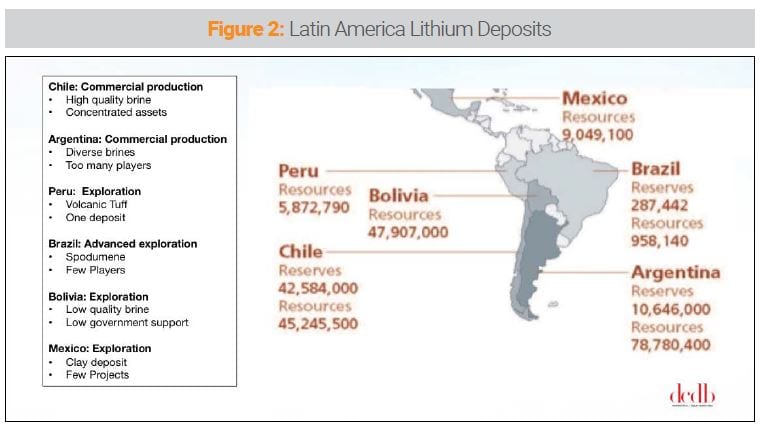
2. Deposit Types
Lithium is a relatively abundant element on earth, but never occurs freely in nature. All lithium deposits are different chemically-combined compounds. Currently, lithium is extracted from conventional brine deposits such as those found in the “lithium triangle” of Argentina, Chile, and Bolivia, as well as from hard rock spodumene deposits in places like Australia. The lithium supply must increase significantly to meet coming demand, so it makes sense to innovate on current extraction methods and also to develop new methods for other kinds of deposits. The image below illustrates different lithium deposits (Figure 3).
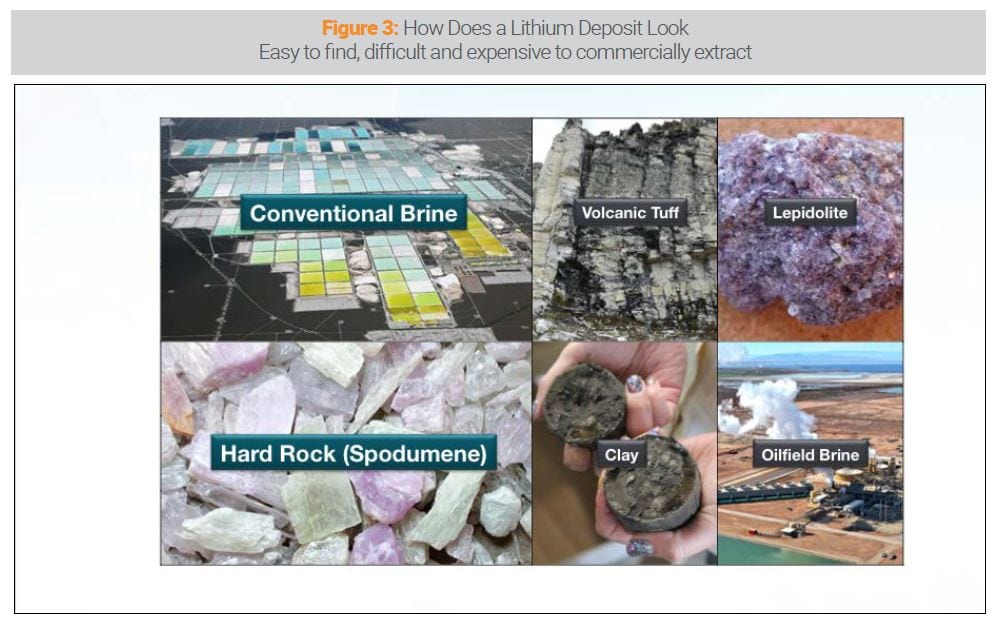
It is necessary for lithium projects to incorporate new technologies or extraction techniques. Investors should carefully evaluate to what extent a project relies on new and unproven technology and risk weight appropriately. Projects that rely on poorly explained technological innovations that fail to provide adequate levels of detail are best avoided. Projects that combine existing industrial processes and apply them to lithium deposits are of interest.
Value Chain Capture Comparison: Lithium Deposit Types
There has been a false debate over whether hard rock or brine deposits – the current sources of lithium chemical production – are “better”. As Figure 4 illustrates, non-integrated hard rock spodumene projects do not give investors exposure to lithium chemical production. They only complete the mineral extraction step within the value chain described in the next section.
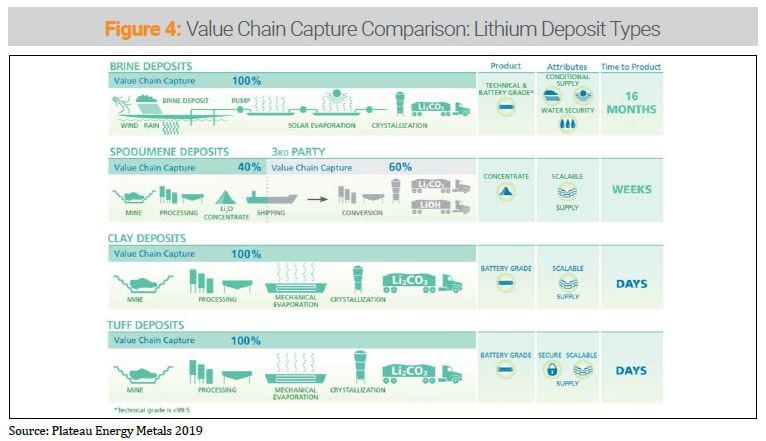
Batteries Demand Lithium Chemical Compounds
The battery supply chain is the most frequently misunderstood component of the lithium story. While stories of battery-powered devices catching fire in airplanes or in users’ pockets are not in short supply, that has failed to translate into mainstream understanding that the “lithium” that makes it into a battery must do so as a specialized, high-quality chemical compound.
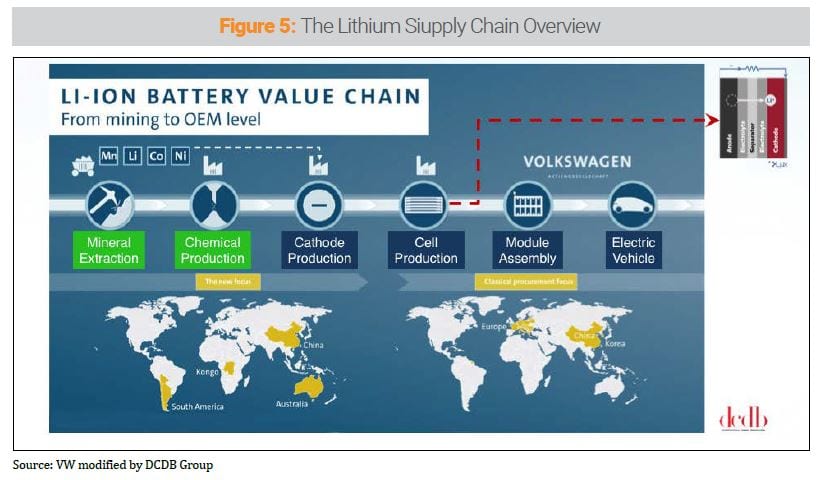
For an investor, that carries two important lessons. First, there are two distinct components to a lithium project: the mineral extraction and the chemical production. Second, an investor must identify whether they are gaining exposure to just the first extraction component, or to the chemical production as well.
All lithium chemicals are not created equal – the manufacturing processes for different kinds of batteries demand different chemicals. Even within the same chemical compound, battery quality is not determined by the percentage of contained lithium.
The complexity of the battery supply chain also has implications for what qualifies as an investment-friendly jurisdiction. If a project is located in a country or local region where the government has promised to manufacture batteries, it might be smarter to pass. From a purely practical standpoint, manufacturing batteries domestically without massive investment in multiple industrial processes and importing multiple additional components and raw materials is impossible.
Governments making impossible promises to local communities are sowing the seeds of social unrest tomorrow.
To gain exposure to the highest value portion of the lithium supply chain, a project must be capable of producing a lithium chemical that meets the quality specifications of top battery makers, which is not an easy or automatic process. Projects capable of producing chemicals must be run by teams who appreciate the difficulty and ongoing nature of qualifying a chemical product into the battery supply chain.
3. Size Matters
Due to the chemical component, lithium projects that justify the capital expenditure and complex chemical expertise are fewer and further between than a map of deposits leads the unsophisticated investor to believe.
Lithium projects producing battery quality chemicals must participate in extensive and ongoing qualification processes with battery makers. From the point of view of chemical buyers in the battery supply chain, a project must produce a sufficient quantity to justify their inversion of time and energy in undertaking and maintaining qualification in their supply chain. That requires quality and scale that small projects will never have.


